Introduction Video:


As visible in the two images, there is a considerable change in temperatures across the globe, and a lot more regions are now in the orange-red zones.

If the current trends continue we will see a rise of 4-5 degrees with the current scenario. This is a very serious health concern.

HVAC systems are a major contributor to the greenhouse gases which are responsible for the rise in temperatures.
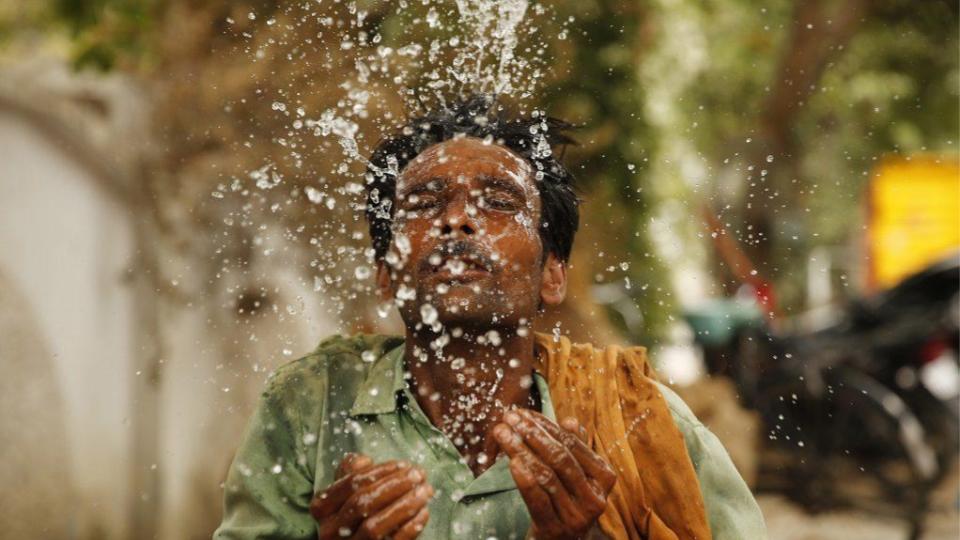
Doesn’t that look refreshing? Everyone loves a splash of cool water on their faces during a hot summer day.
The aim of this research is to develop a passive evaporative cooling system for building envelopes to enhance thermal comfort in semi-arid, tropical, and Mediterranean climates.
We looked at some examples that are based on the same thought process.

Thermal Comfort
Thermal comfort is the condition of the mind where one is satisfied with the thermal surroundings.
There are 4 main external factors that affect Thermal Comfort:
Air Temperature: 20°-26°C depending on the climatic region.
Relative Humidity – 20-60%,
Wind Speed: 0.8 – 1.0 m/s.
Radiant Heat: It is the heat energy transmitted by electromagnetic waves. The factors affecting this are solar radiation( directly, diffused or reflected) and household appliances such as heaters or stoves, etc.

Evaporative Cooling
Evaporative cooling is a process that takes advantage of the latent heat of evaporation of water to absorb heat from the surrounding air with which it is in contact.
In the above diagram, hot airstrikes against the earthen clay pot which is holding water. This air is cooled down before entering into the house by the water inside the pot as the porosity of clay allows the air & water to come in contact.

Design Drivers :


Material studies showcase the flexibility of different materials and composites. These studies explore real-world design possibilities & limitations through methodological experimentation and documentation.
Each study illustrates how different materials react and how each material has a different set of properties. The goal of this study is to find out the material which is the most suitable to carry the work forward and to define the design parameters and limitations based on the chosen material.







We studied the different water flow patterns keeping in mind the following criteria:
-
Amount of water stored
-
Connection to Adjacent bricks
-
The pattern of water movement
The Hexagonal Shape was finally selected.

We carried out different iterations for the shape of the casted hydrogel so as to enhance water flow as well as maximize the surface area in contact with the air flowing into the brick so as to increase the coefficient of evaporative cooling taking place. The highlighted option was selected.








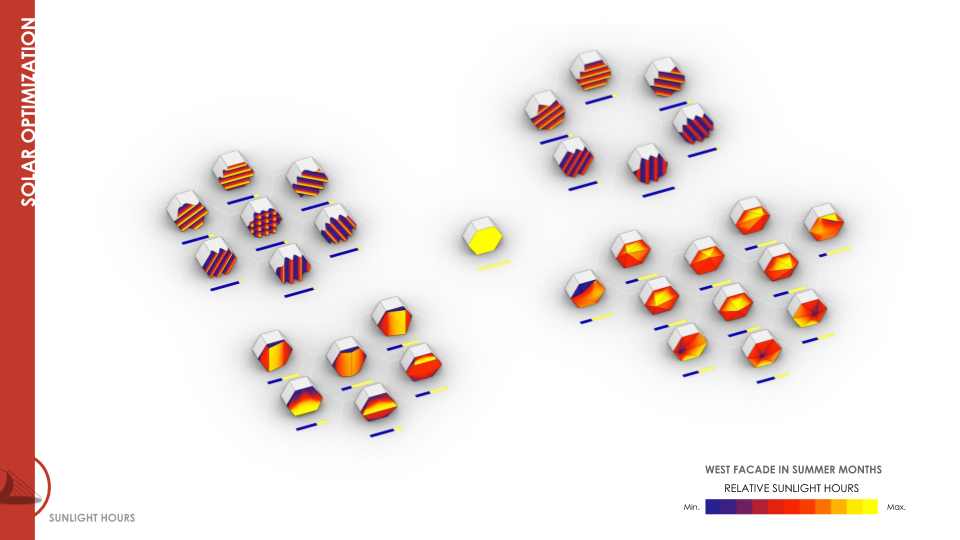
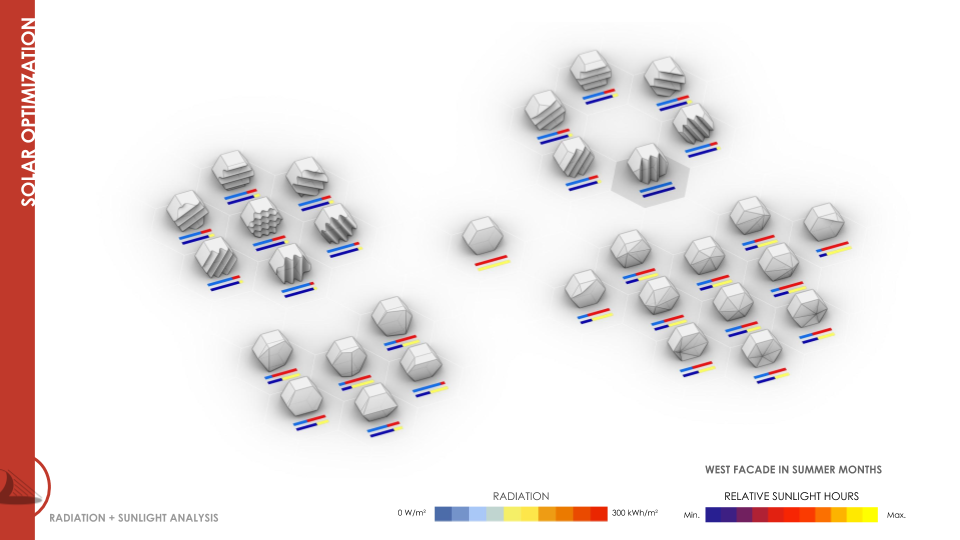








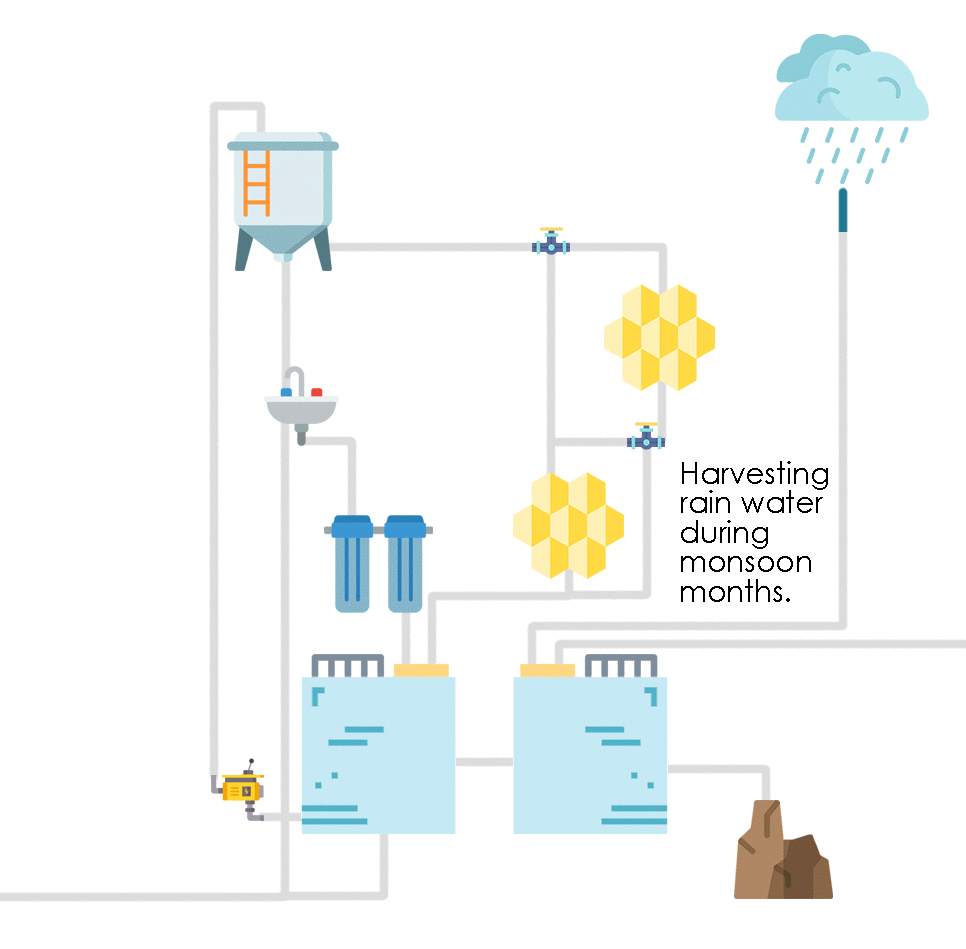







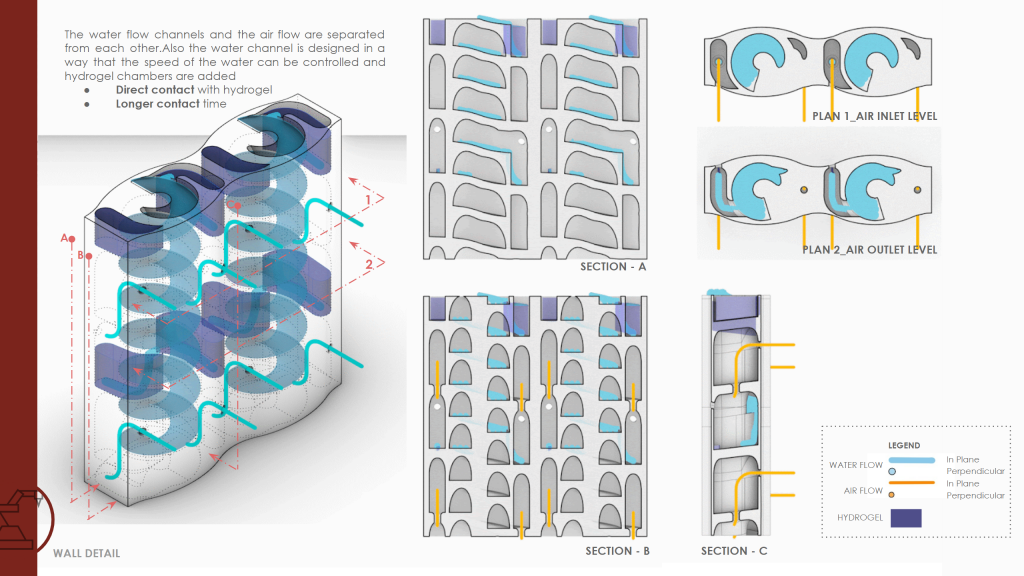







REGULATE - A cooler tomorrow is a project of IaaC, Institute for Advanced Architecture of Catalonia developed at the Master in Advanced Architecture in 2020 by: Student: Alisa Iureva, Madhavi Ojha, Vinay Prabhakar, Harsh Vora.
Faculty: Areti Markopoulou, David Andrés León Fabrication Assistant: Raimund Krenmüller Teaching Assistant: Nikol Kirova


